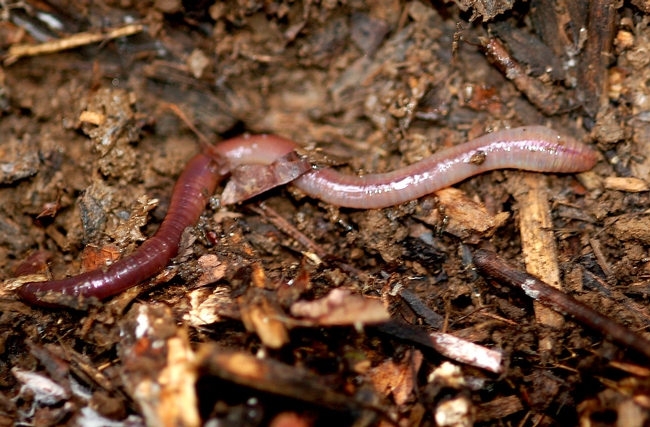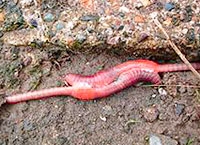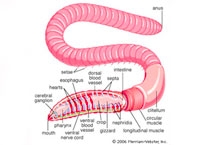
Enjoy the rain and worms....
This is a re-post from The Watershed Project Dec 23, 2016 eNewsletter.
You may want to check out their website and complete newsletter on their website: http://www.thewatershedproject.org/home.php
See the Complete Dec eNewlstter: http://www.thewatershedproject.org/LearnMore/eNewsLetter.php
Link to this article on their website: http://www.thewatershedproject.org/post.php?postid=86
What's in your Watershed?
Wriggling Earthworms By Johanna Hoffman
With all the rain we've been having in the Bay Area lately, earthworms moving aboveground will soon be a common sight. These valuable animals emerge from their earthen homes when excessive rainfall threatens to drown them out. Although there are many species of earthworms all across the globe, it's those of the Sparganophilus that we see around the San Francisco Bay.
Body Structure and Locomotion
Earthworms have a segmented body structure shaped like a tube. With a moist outer coating, their segmented body parts get more specialized in the anterior sections. They are able to travel through waves of muscular contraction that alternately shorten and lengthen their bodies.

In case you ever wondered how earthworms reproduce, we have your answer. Earthworms are hermaphroditic, meaning that each worm has both male and female reproductive organs. This means that copulation and reproduction are two separate processes. When mating, two worms overlap front ends and each exchanges sperm with the other. Some time after copulation, long after the worms have separated, a cocoon is secreted and forms a ring around the worm. The worm then backs out of the ring, and as it does so, injects its own eggs and the other worm's sperm into it. New earthworms emerge fully formed, except for their sex organs which develop around 60 to 90 days later.

Though it takes earthworms around one year to attain full size, most live only two years.
Benefits to the Environment
Earthworms are extremely beneficial to surrounding ecosystems. By feeding on large organic matter in soils, they increase soil fertility. They also ingest small soil particles, which are ground down by grit in the earthworm's gizzard into a paste that is digested and excreted. This process makes mineral and plant nutrients accessible to a wider array of species. And their constant practice of burrowing keeps soil structure open, allowing for drainage and aeration.
In addition to the role they play in healthy soils, earthworms are the base of many food chains. So when you see an earthworm fumbling around on open ground during this rainy season, stop and appreciate it for a moment. It's doing more for the wellbeing of the Bay Area than you might think.
Attached Images:
